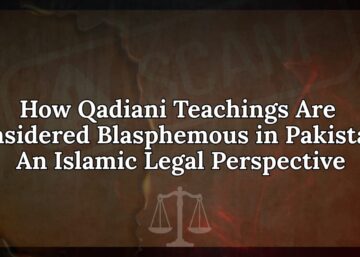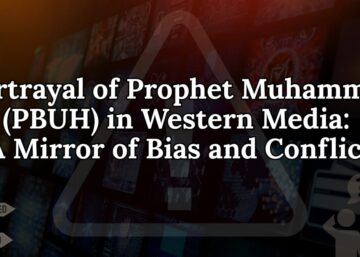The Seerah, or biography, of Prophet Muhammad (صلی اللہ علیہ وسلم), is a profound narrative that serves as a source of guidance, inspiration, and spiritual enlightenment for Muslims worldwide. It encapsulates the events, teachings, and character of the Prophet from his birth to his Prophethood, offering valuable insights into his remarkable life and mission. In this article, we embark on a journey through the Seerah, exploring the key events and milestones that shaped the life of the beloved Messenger of Allah.
Birth and Early Years:
Prophet Muhammad (صلی اللہ علیہ وسلم) was born in the city of Mecca in the year 570 CE into the noble Quraysh tribe. His father, Abdullah, passed away before his birth, and his mother, Amina, died when he was just six years old, leaving him orphaned. Despite these early hardships, Muhammad (صلی اللہ علیہ وسلم) was cared for by his grandfather, Abdul-Muttalib, and later by his uncle, Abu Talib.
Prophetic Call:
At the age of forty, Prophet Muhammad (صلی اللہ علیہ وسلم) received his first revelation from Allah through the Angel Gabriel while meditating in the Cave of Hira on the outskirts of Mecca. The revelation marked the beginning of his Prophethood and initiated his mission to convey the message of Islam to humanity. Initially, he shared his revelations privately with his family and close companions, gradually expanding his circle of followers as the message spread.
Persecution and Migration:
As the message of Islam gained momentum, Prophet Muhammad (صلی اللہ علیہ وسلم) and his followers faced increasing hostility and persecution from the Quraysh tribe, who opposed the monotheistic teachings of Islam. Despite enduring persecution, Prophet Muhammad (صلی اللہ علیہ وسلم) continued to preach patience, perseverance, and steadfastness in the face of adversity. In 622 CE, he and his followers migrated to the city of Medina, seeking refuge from persecution, an event known as the Hijrah.
Establishment of the Islamic State:
In Medina, Prophet Muhammad (صلی اللہ علیہ وسلم) laid the foundations for the first Islamic state, establishing a society based on the principles of justice, equality, and compassion. He forged alliances with various tribes and communities, fostering unity and cooperation among the diverse population of Medina. Under his leadership, Medina flourished as a center of learning, spirituality, and governance, setting an example for future generations of Muslim leaders.
Conquest of Mecca and Final Years:
In 630 CE, Prophet Muhammad (صلی اللہ علیہ وسلم) led a peaceful conquest of Mecca, reclaiming his birthplace from the Quraysh tribe and establishing Islam as the dominant faith in the region. Despite the victory, he displayed humility and forgiveness towards his former adversaries, embodying the principles of mercy and compassion taught by Islam. In the final years of his life, Prophet Muhammad (صلی اللہ علیہ وسلم) continued to preach and propagate the message of Islam, guiding his followers with wisdom and foresight.
Conclusion:
The Seerah of Prophet Muhammad (صلی اللہ علیہ وسلم) offers a profound insight into the life and teachings of one of history’s most influential figures. From his humble beginnings in Mecca to his establishment of the first Islamic state in Medina, Prophet Muhammad (صلی اللہ علیہ وسلم) exemplified the highest standards of morality, integrity, and compassion. His life serves as a timeless example for Muslims striving to embody the values of Islam in their daily lives, and his teachings continue to inspire believers around the world to seek knowledge, cultivate virtue, and strive for excellence in all aspects of life.



